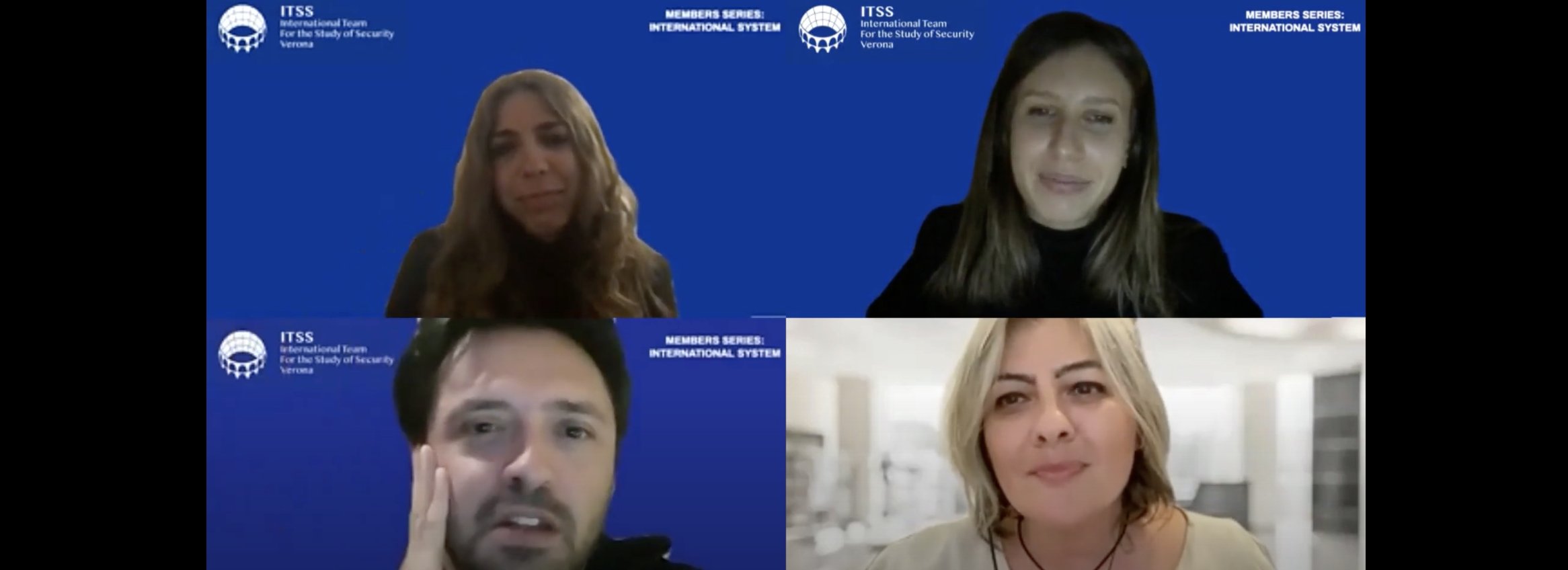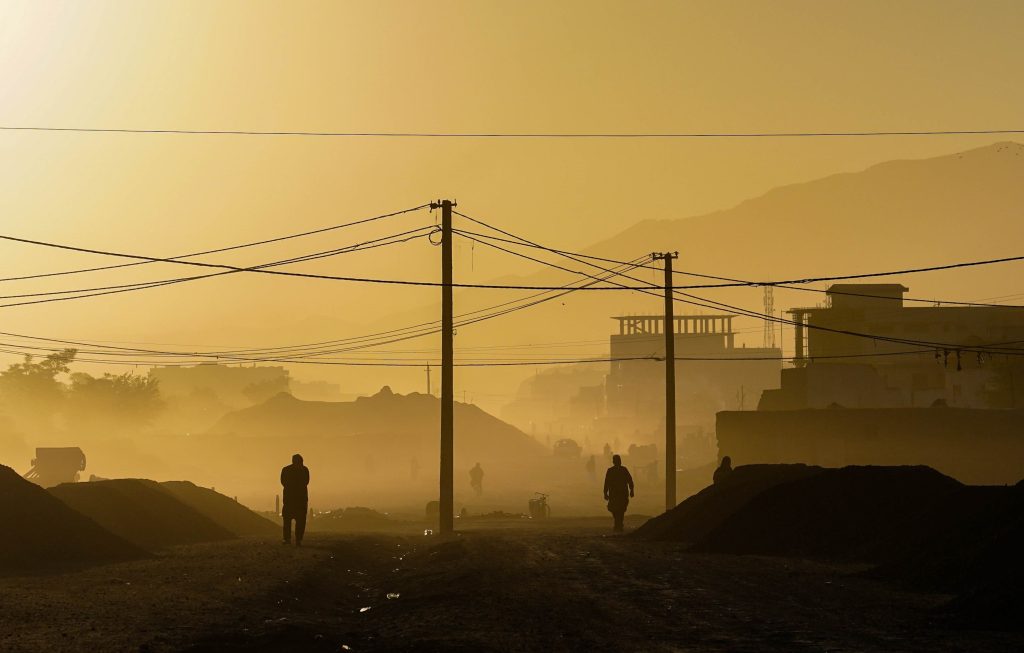By: Francesco Bruno
As a member of the Armed Forces, I have recently become involved with battlefield studies where, as students of war, we aim to enrich our knowledge on a variety of topics to rediscover practices and knowledge that would sustain our fighting ability in the future. This process of active learning is also known as “Lessons learned” and can be conducted across military campaigns and battlefields They also allow for the exploration of a variety of dimensions, including tactics, movement of troops, objectives, targets, and how these dimensions impact the war in broader terms. Personally, I found these exercises extremely interesting and exciting. I, therefore, decided to conduct a Lessons Learned of al-Qaeda, especially of the 055 Brigade to demonstrate how this group of staunch fighters summarises al-Qaeda’s best traits and practices. It is one of al-Qaeda’s finest products and has become a forgotten dimension of al-Qaeda’s war in Afghanistan due to the much more famous and developed networking capabilities of the organisation. Why would this analysis be important? Gen. Erwin Rommel once said, “Sweat saves blood, blood saves lives, but brains saves both,”. Thus, by providing an alternative analysis of al-Qaeda’s conventional warfare capabilities, I aim to spark curiosity and interest in the practices, capabilities, and tactics of the 055 Brigade to learn from our enemy and gather lessons that we could implement in the future. Of course, I do not believe that this article will in any way provide a complete analysis of the Brigade due to the limited amount of information available, but, as Otto Von Bismarck said, “Fools learn from experience. I prefer to learn from the experience of others”. Finally, to do the aforementioned, I will encompass three aspects: the nature of the brigade, its role and main functions, and finally its warfare capabilities.
Carl von Clausewitz’s concept of the Centre of Gravity stated “no matter what the central feature of the enemy’s power may be—the point on which your efforts must converge—the defeat and destruction of his fighting force remains the best way to begin, and in every case will be a very significant feature of the campaign”. Al-Qaeda’s fighting force was composed of two main parts, the 055 Brigade or Lashkar-E-Zil and its extensive international network.[1] The 055 Brigade came to life in the aftermath of al-Qaeda’s relocation from Sudan to Afghanistan in 1998. It had a multinational fighting force between 500 and 5000, which experts argue was comparable to “Saddam Hussein’s Republican Guards”. Some of the militants were veterans of the Soviet-Afghan War (1979 - 1989) while others were sent by a variety of regional and national jihadist groups including Uzbeks, Libyans, Saudi, Egyptians, Algerians, Sudanese, Chadi, Mauritanians, Somalians, Yemenites, Indonesians, Malaysians, and Uyghurs. The brigade was trained in a military base outside Kabul and became the conventional force of al-Qaeda reporting directly to Osama bin Laden and worked jointly as the backbone support for the Taliban forces across the country. 055 Brigade was therefore a multinational joint project which is often underestimated due to their lack of high-profile operations during the Afghan War between 2001 and 2003. However, their presence was felt in the campaign to capture Mazar-i-Sharif in 1998, the battle for Bamiyan in 1999, the massacre of Shia population near Hazarajat in 2001, and in the battle for Tora Bora the same year. The head of the brigade was Jumaboi Ahmadjonovich Khodjiyev, known as Juma Namangani, an Uzbek with three decades of warfare experience and a very scarce public record.[2]
The 055 Brigade resembled al-Qaeda’s creative and unique approach to warfare. To explain this, the article will explore three functions of this formation. The first and most known function was to support the Taliban forces in conventional fighting by providing frontline support to the less experienced Taliban fighters. A key feature of the brigade was to provide critical morale boost to the Taliban troops demonstrating its ideological commitment and military expertise. It is indeed important to understand that the Taliban have never been a fully integrated group as many might think. Instead, they have historically been divided among smaller factions and splinters, often divided between staunch ideologically motivated and professional fighters and local grievance-motivated fighters. This second group was composed by inactive members working temporarily for the Taliban often being farmers or shepherds. Based on this distinction, the 055 Brigade constituted a backbone against defection.
Secondly, the 055 Brigade defines al-Qaeda Organization’s unique chameleonic and elitist nature. The 055 Brigade was a conventional force using unconventional techniques mostly based on an arabicized version of British and U.S. special forces training methods. This is unique across terrorist organisations. The ability of an organisation, such as al Qaeda, to train, equip, and deploy a force of this nature and to employ it flexibly demonstrates its ability to mix creativity and warfare knowledge. Specifically, the variety of personalities and characters within the brigade is quite stunning. It included not only veterans of the Afghan-Soviet War, which were trained in guerrilla warfare including ambushes, sieges, raids, strongpoints, and urban combat, but also a new generation of fighters with a much better education and deeper loyalty towards al-Qaeda’s leader, Bin Laden. This coupled with their staunch ideological convictions and decisiveness in sacrificing themselves in the name of the cause made of them an extremely useful and powerful tool.
In terms of operational capabilities and equipment, the 055 Brigade demonstrated its superiority by being better equipped and trained than the average Taliban soldier. They wore commercial night goggles, advanced Western sniper rifles with night sights, light spotter aircrafts, and utilise modern communication systems in addition to mortars, RPGs, machine guns, and AK-47s. The troops were involved in longer and more sophisticated training than what was provided by al-Qaeda in Afghanistan, and by the Inter-Services Intelligence (ISI) in Pakistan. The latter tied the brigade to fighting operations in Kashmir against the Indian Security forces. Whilst, the experience from the Soviet-Afghan War in al Qaeda’s 055 Brigade became evident in Operation Anaconda (2002). US and allied forces found themselves to fight asymmetric guerrilla fight, closely resembling the mujahidin’s skirmishes with Soviet heliborne Spetsnaz troops (Russian Special Forces) in the 1980s. Consequently, the fighters could operate in large and small groups as well as specialized mobile teams up to 3 to 4 people, granting them the mobility to transfer across multiple frontlines and regions of the country. In addition, they were given the chance to choose which path suited their career development. This included changing theatres of operations as well as deciding to commit martyrdom.[3] This last point highlights al-Qaeda’s ability to provide its members with a simple “Career Development Plan”, but very much in line with those provided by employees across western businesses, demonstrating a commitment to upskill the troops.
Thirdly, the 055 Brigade’s flexibility and adaptability aligns with al-Qaeda Organization’s ability to optimise, remodel, and redeploy its forces and capabilities based on operational needs. It is clear that the 055 Brigade could not operate outside the region as an entity due to the lack of heavy equipment and transportation. However, al-Qaeda could count on another side of its fighting capabilities, the unconventional network of cells and partners around the globe. Al-Qaeda was at the time, and certainly continues to be, one of the most elite terrorist organisations across the globe. Their expertise in military tactics, administration, and logistics built on years of protracted conflicts has allowed the members to possess a certainly rare expertise and knowledge base. The 055 Brigade has been employed to provide specialist training and logistical support to al-Qaeda’s partners around the globe with the objective to initiate local jihadi revolts. The latter focused on providing leadership in technical, military, and administrative matters to al-Qaeda’s international partners. This was demonstrated by the use of such fighters in the expansion in Southeast Asia, where 055 Brigade members were routinely used to train local fighters across Indonesia, Malaysia and the Philippines.[4]
Since 2002, the 055 Brigade has been renamed Lashkar-E-Zil and reformed in Pakistan as an auxiliary force of al-Qaeda to support a variety of local groups and the Taliban insurgency moving across border between Pakistan and Afghanistan. It also continues to participate in the fighting in Kashmir. Some of the most devastating attacks committed by this brigade were under the direction of Mustafa Abu Yazid and Ilyas Kashmiri, who were both killed in 2011. Some of the most ferocious attacks include Major General Amir Faisal Alvi, the former commander of Special Services Group of the Pakistan Army, in November 2008, in Islamabad and the 2008 Mumbai attacks. Members of Laskar-E-Zil include former member of the Pakistani armed forces, veterans, and newly acquired members recruited from a variety of organisations and conflicts globally.
To conclude, despite Qaeda has never had the ability to field a conventional army in the purest sense, the internationalisation of the 055 Brigade, its mobility, adaptability, chameleonic nature coupled with employing highly advanced technology tools resemble al-Qaeda’s creativity, knowledge and highly adaptable nature as an organisation. The ability to acquire soldiers from over a dozen nations demonstrate its attractiveness and elitist nature. The staunch ideological commitment of the 055 Brigade fighters should be of clear interest as it demonstrates the commitment of al-Qaeda’s members to fulfil their mission and decisiveness in battle and in operations. The introduction of administrative and logistical practices built upon almost three decades of wars has enabled the organisation to provide its members with “Personal Development Plans”, providing them the flexibility to choose their role, career path, and development within the organisation while being paid for it. The ability to work in large as well as small, specialised groups resembling U.S. and British special forces demonstrates the ability of the organisation to remain at the forefront of warfare knowledge. The adaptability of these forces to become a multiplier was exemplified by their ability to join and form cells to provide specialised training to a variety of global partners while adding that extra edge to the Taliban forces during the Taliban insurgency. All in all, the 055 Brigade demonstrated to be one of the finest products of al-Qaeda. This, in turn, shows how the organisation can hardly be seen as a relic of the past.
[1] Rohan Gunaratna.2001. Inside al-Qaeda pp.58-60
[2] For more information on Juma Namangani please visit: http://www.oxfordislamicstudies.com/article/opr/t236/e1214
[3] Gunaratna Inside al-Qaeda p.60
[4] Rohan Gunaratna.2001. Inside Al-Qaeda p.222




